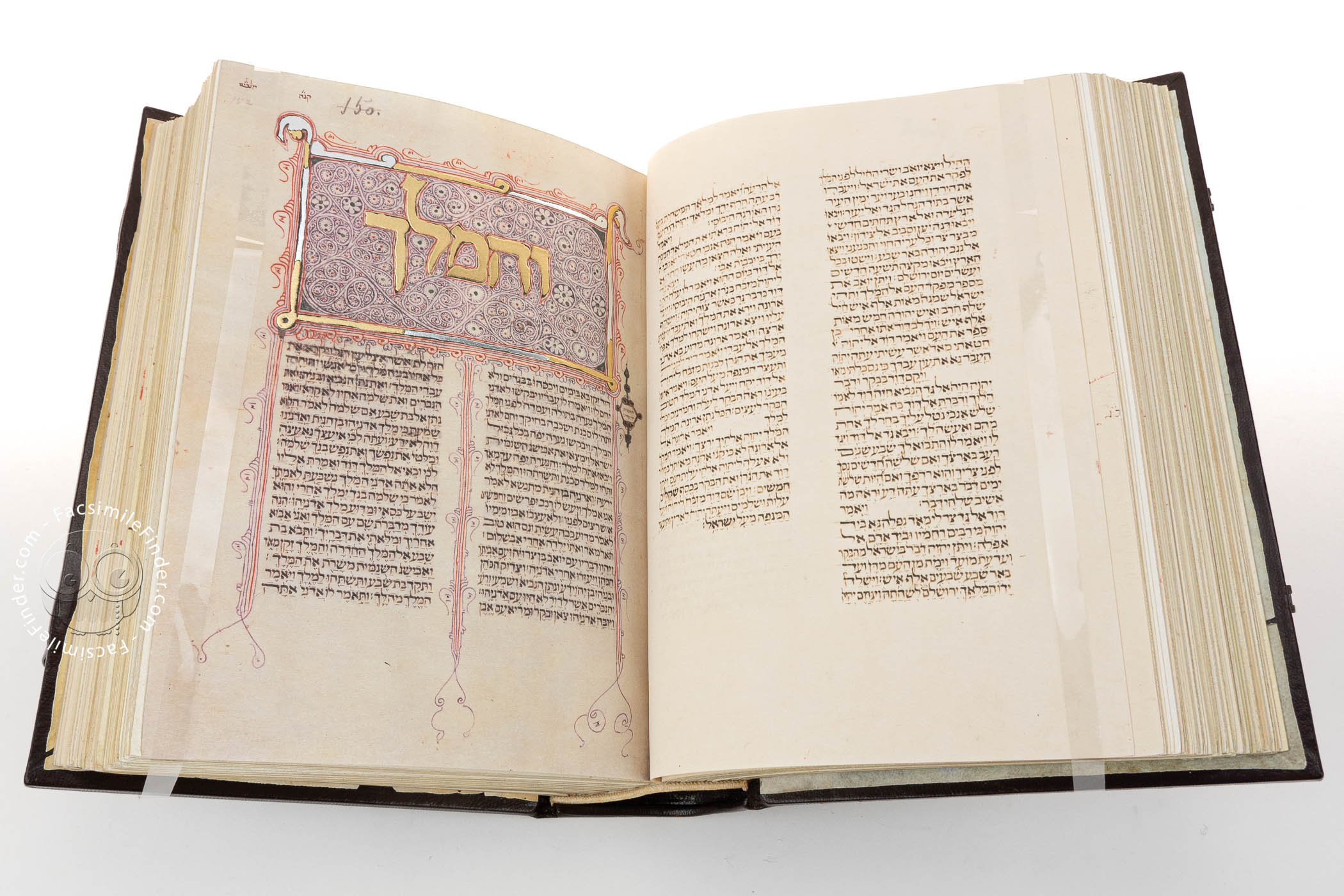

It was widely used in North American synagogues and reprinted in England. Until the 1917 Jewish Publication Society translation, the Leeser translation was the most important Jewish English translation. In 1857 he re-issued it in a second (folio-size) edition, with abridged notes. His translation of the entire Bible into English was completed as The Twenty-four books of the Holy Scriptures in 1853 (commonly called The Leeser Bible). Leeser began with a five-volume, bilingual Hebrew–English edition of the Torah and haftarot, The Law of God (Philadelphia, 1845). The first American Jewish English translation of the Torah, and subsequently of the entire Tanakh, was the 19th century effort by Isaac Leeser. ( Robert Alter, The Five Books of Moses, 2004) Six days you shall work and you shall do your tasks, but the seventh day is a sabbath to the LORD your God. Remember the sabbath day to hallow it.For six days, you are to serve, and are to make all your work, / but the seventh day / is Sabbath for YHWH your God: / you are not to make any kind of work. Remember / the Sabbath day, to hallow it.Six days you shall labor and do all your work, but the seventh day is a Sabbath of the LORD your God: you shall not do any work. Remember the Sabbath day and keep it holy.Do not do anything that constitutes work. But Saturday is the Sabbath to God your Lord. You can work during the six weekdays and do all your tasks. Remember the Sabbath day to keep it holy.Six days shall you work and accomplish all your work but the seventh day is Sabbath to HASHEM, your God you shall not do any work. Remember the Sabbath day to sanctify it.Six days shalt thou labour, and do all thy work: But the seventh day is a sabbath unto the LORD thy God, in it thou shalt not do any manner of work. Remember the sabbath day, to keep it holy.

On it you shall not perform any kind of work. Six days shall you serve and do all your work, and the seventh day is a Sabbath to God, your God. Nevertheless, Jewish translations of the Bible to English have become far more widespread, especially since the 1980s, and have been made available in numerous complementary versions and styles. Even those who require translations often prefer a bilingual edition. Many translated Bibles and prayer books from before the Holocaust were still in Yiddish, even those published in countries like the United States.Ī further reason is that often those Jews who study the Bible regularly still do so, to a greater or lesser extent, in its original language, as it is read in the synagogue. Before then, even Jews in English-speaking countries were still part of an immigrant culture to a large extent, which meant that they could either understand the Hebrew Bible in its original language to a certain degree or, if they required a translation, were still not fully comfortable in English.

This is partially due to the fact that English became a major spoken language among Jews only in the era since the Holocaust. īut equivalent translation efforts have been less widespread among Jews. Jewish translations contain neither the books of the apocrypha nor the Christian New Testament.Įnglish Bible translation has been common among Christians, particularly since the 16th-century Reformation, producing dozens of modern translations and versions in English. Jewish translations often reflect traditional Jewish exegesis of the Bible all such translations eschew the Christological interpretations present in many non-Jewish translations. Most Jewish translations appear in bilingual editions (Hebrew–English). 6.8 x 1.8 x 9.Hebrew Bible English translations are English translations of the Hebrew Bible (Tanakh) according to the Masoretic Text, in the traditional division and order of Torah, Nevi'im, and Ketuvim. Many from the Jewish Sages.ġ17 articles organized into twelve themes: Unique to The Complete Jewish Study Bible are articles and notes that aid the reader in understanding the historical background and cultural context of the Scriptures, both the Tanakh (Old Testament) and B’rit Hadashah (New Testament).Įxtensive bottom-of-the-page notes to help readers understand the deeper meanings behind the Jewish text. Stern along with commentary notes and articles from leading Scholars listed below. Commentary is used from the 'Jewish New Testament Commentary' by David H. A One-of-a-Kind Study Bible that reconnects readers with the Jewishness of the Scriptures, using the updated Complete Jewish Bible text by David H.


 0 kommentar(er)
0 kommentar(er)
